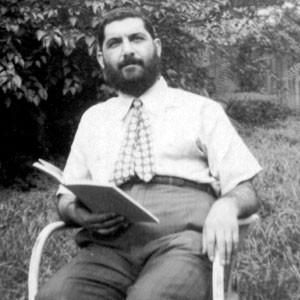2004
6. "Atqinu Se'udata" and "Mizmor le-David"
Alexander Uri, Jerusalem, 5 November 1966.
In some Hasidic dynasties (such as Kosoni, U.S.A.), "Atqinu se'udata" and "Mizmor le David' (Psalm 23) are sung separately at the "Melave Malke" feast on Saturday night, each to a different melody. Among Jerusalem Hasidim, however, some sing them consecutively to a recitative-like melody. When a visitor is given the honor of singing "Atqinu," he is entitled to fit any niggun (or niggunim) of his choice to both texts.
Alexander (Sender) Uri (1897-1992), a fifth-generation descendant of the founder of the Dynov dynasty, R. Zevi Elimelech Shapira (1783-1841), sings the two texts to a well-known rejoicing niggun of the Modzhitz Hasidim (who sometimes sang it to "Atqinu se'udata"). In his youth, Uri kept company with non-Orthodox and Zionist circles in Vienna (see "From Bet Alfa to Rachrnistrivka," pp. 20-22). During this phase of his life he heard and absorbed much non-Jewish European music (such as operas and Lieder); this experience may explain the theatrical nuance of his performances. Despite this unique singing style, which is not common in Hasidic circles, Uri became the regular ba'al-tefillah for festivals and High Holidays at the synagogue of the Rachmistrivka Hasidim (an offshoot of the Chernobyl dynasty) in Jerusalem. While he was a confirmed lover of niggunim, the Dynov dynasty, of which he was a descendant, lacked a regular musical repertoire; he therefore had to borrow niggunim from various sources, in particular from the Modzhitz repertoire. He tried to learn or reconstruct ancient niggunim, but also picked up new niggunim for his needs as a ba'al tefillah and for the singing of Sabbath zemirot in his home.






